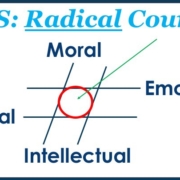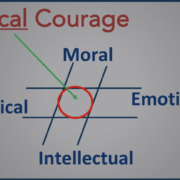Anger, boredom, frustration – what happens when you optimize the wrong things
Just because you can do something does not mean you should do it. Optimization creates unintended consequences that can undermine your business.
Baseball may be the most data-mined sport. Ever since the championship Oakland A’s Moneyball, big data has dominated the game.
Big data told you where and how to pitch the ball to a given batter, and how to shift players to take advantage of a batter’s tendencies. The strike zone narrowed to give the batters a better chance against 95+ mph fastballs.
Pitchers and batters tried to tilt the odds with mind games – the between-pitch rituals, preening, adjusting, pointing, and glaring.
The result: total boredom. A nine-inning game dragged on for longer than three hours on average. Exciting balls-in-play became fewer; many at-bats ended up in strikeouts, home runs, or outs.
Baseball analytics optimized the chances of getting the batter out and winning individual games, while losing fans and the soul of the sport.
Changes this year include a pitch clock, a batter clock, and no major shifts. The games are back to 2.5 hour average, with more balls in play, and more fans in the seats. [I saw the Brewers beat the Pirates 5-0 in two hours and fifteen minutes!]
Businesses that seek to optimize the ease and speed of communication offer tools ranging from chat and IM to email, workflow programs, and task organizers, to video and voice calls.
Communication speed and volume are higher than ever, while communication quality could be worse than ever. According to a 2022 Harris poll, managers believe their teams lose an average of 7.47 hours per employee per week due to poor communication.
Nearly a full workday each week evaporates.
In a 2000-hour work year, you lose 400 hours; the equivalent of 10 weeks per employee. Ouch!
Imagine what you could achieve if your employees got half that time back.
Here are some ways to reduce communication fratricide.
- Establish protocols for channel usage. HINT: don’t use chat or IM for anything complex.
- If the matter is not resolved in three back-and-forths, get in person, on video, or on the phone to talk it over. In these cases, written cues are not communicating sufficiently, so you need to add verbal and non-verbal cues.
- Let people set their messaging engagement times and deep work times. Don’t let perpetual distraction rule the workday.
- Set boundaries. Topics like religion, sex, and politics should be off-limits in most workplaces. Ditto goes for disrespect.
- Reduce the volume of information emails. Set up a common info-sharing portal where people can make routine updates. This step will reduce the length of meetings, too.
More broadly, consider the tradeoffs before you bandwagon onto a new tool.
Are you looking to improve the optimization of your business? Consider joining one of our programs or schedule a call with Chris Kolenda.










